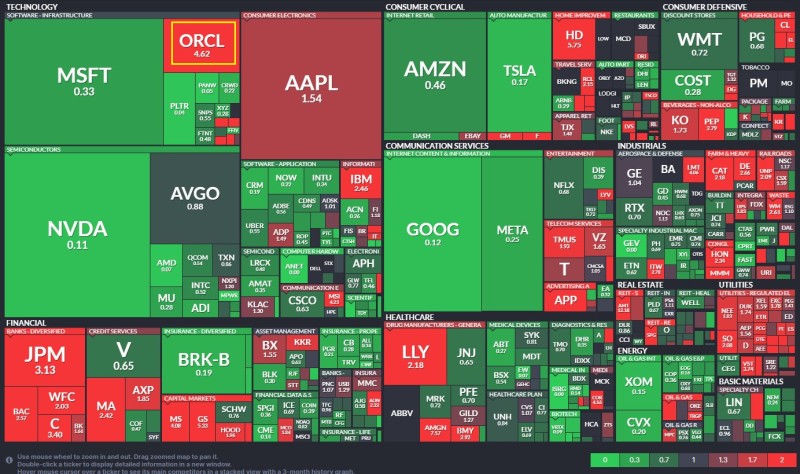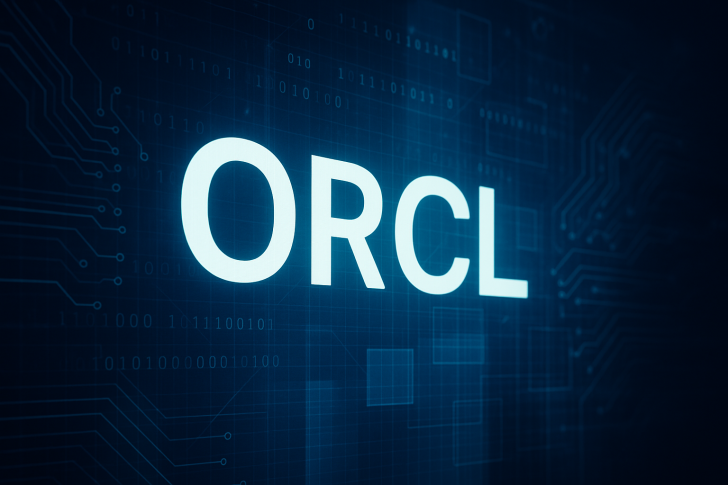Oracle (ORCL) has caught attention lately - not for its cloud revenue or AI deals, but for what's on its balance sheet. A recent S&P 500 debt-to-equity heat map shows the company carrying significantly more leverage than most of its tech peers, placing it in a category typically reserved for banks and utilities.
Oracle's Debt Profile Raises Eyebrows
Analyst Mike Zaccardi recently highlighted Oracle as one of the most levered names in the S&P 500 outside the financial and utility sectors. The heat map backs this up, with Oracle appearing in bright red while most major tech companies show up in green.

This aggressive use of debt stems from Oracle's approach to funding acquisitions and returning cash to shareholders through borrowed money. It's a strategy that can boost returns when things go well but adds risk when borrowing costs climb.
What the Heat Map Shows
The visualization makes the contrast impossible to miss. Companies like Microsoft, Apple, Amazon, Alphabet, and NVIDIA all display moderate leverage with green shading. Oracle's block glows red, sitting alone among tech giants as an outlier. While competitors have kept their balance sheets conservative, Oracle went the opposite direction, leaning heavily into debt financing. The chart doesn't just suggest a difference - it screams it.
The Trade-Off
Leverage cuts both ways. Oracle's debt gives it room to invest in cloud infrastructure and AI without diluting shareholders, and those bets could pay off big if adoption accelerates. But there's a flip side: higher interest rates mean rising debt costs, and if revenue growth stalls, those payments start eating into margins. Right now, Oracle's cloud partnerships and AI positioning keep it relevant in the enterprise software race. The real question for investors is whether the growth story justifies the balance sheet risk, or if the debt load becomes a weight that's hard to carry if conditions tighten.
 Peter Smith
Peter Smith

 Peter Smith
Peter Smith


